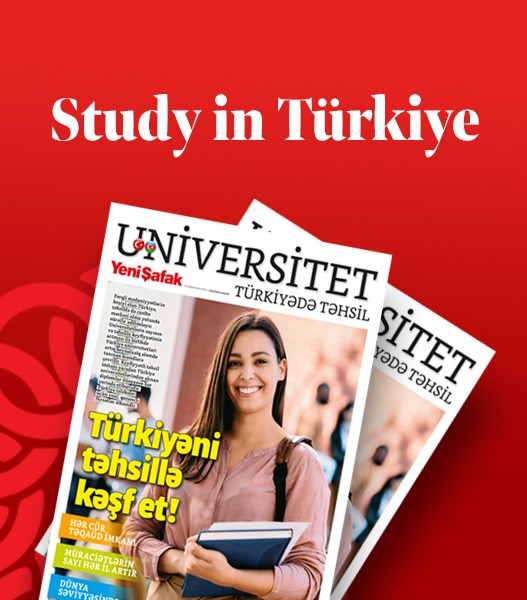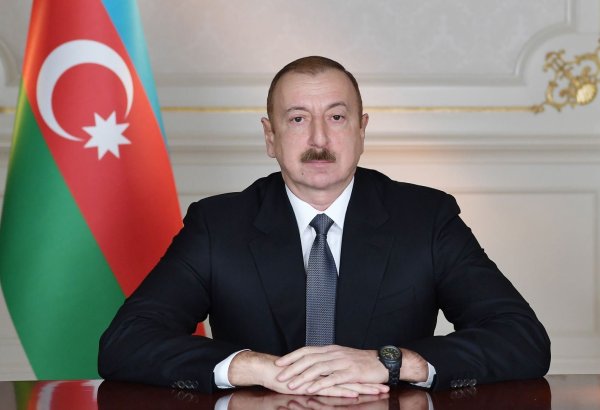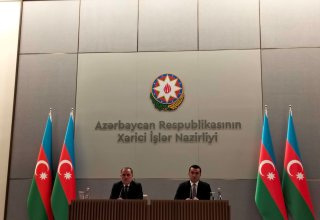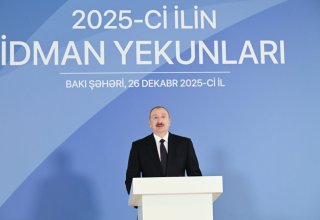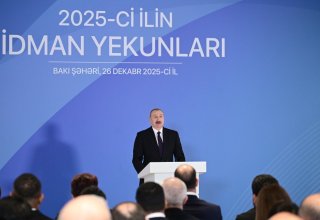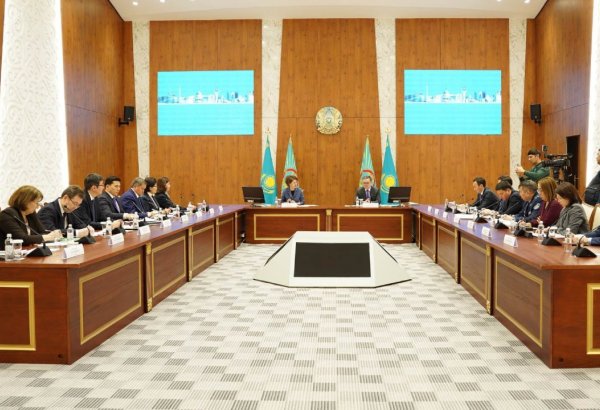ASTANA, Kazakhstan, August 13. Kazakhstan aims to boost transit traffic by developing transport routes, including the Trans-Caspian International Transport Route (TITR), also known as the Middle Corridor,TurkicWorld reports, referring to the National Development Plan of Kazakhstan until 2029, approved by the country's President Kassym-Jomart Tokayev.
By 2029, Kazakhstan aims to enhance its role as a major regional trade and logistics hub, with the contribution of transportation and warehousing services to GDP expected to exceed nine percent. Key priorities include advancing multimodality, developing the Trans-Caspian International Transport Route (TITR, or Middle Corridor), and expanding the International North-South Transport Corridor (INSTC) to boost transit traffic and export opportunities for Kazakh enterprises. The volume of transit traffic through Kazakhstan is projected to rise from 26.7 to 43.0 million tons and from 1.1 to 2.0 million twenty-foot equivalent units (TEU) by 2029.
The plan outlines priorities for the development of the transport and logistics sector, including the expansion and modernization of infrastructure, reduction of transportation losses through fleet renewal and expansion, improvement of operational efficiency and international cooperation, and promotion of competition while reducing state involvement.
To note, the Middle Corridor connects the container rail freight networks of China with European Union countries via Central Asia, the Caucasus, Türkiye, and Eastern Europe.
This multimodal transportation infrastructure integrates ferry terminals on the Caspian and Black Seas with the rail systems of China, Kazakhstan, Azerbaijan, Georgia, Türkiye, Ukraine, and Poland.
The corridor boosts cargo traffic from China to Türkiye and European countries, and vice versa.
A train traveling along this route can deliver cargo from China to Europe in approximately 20–25 days, which is a key advantage of the Middle Corridor.









